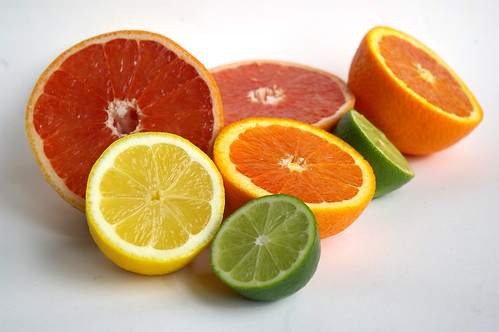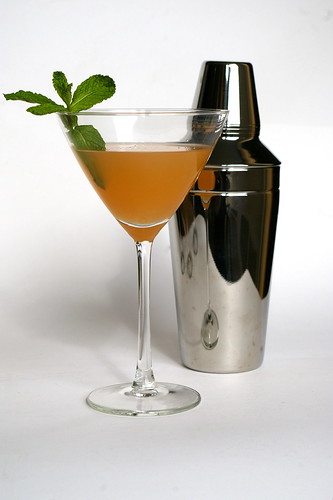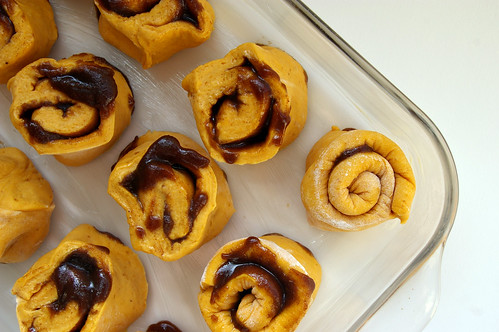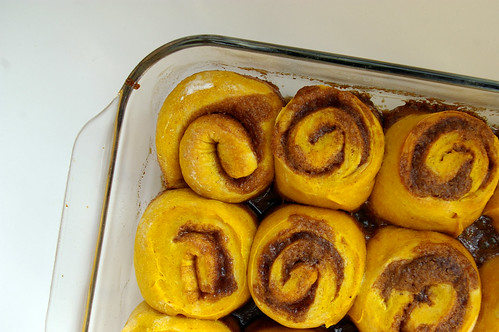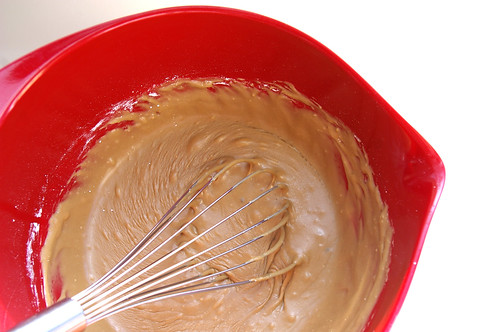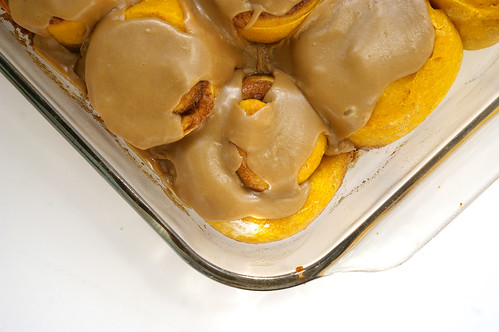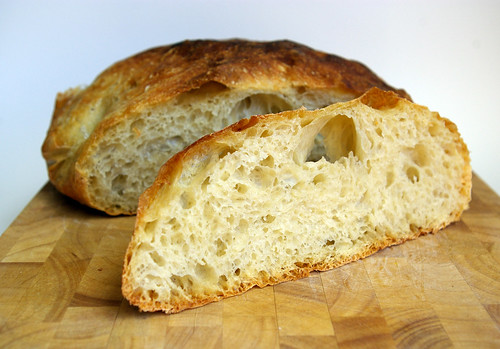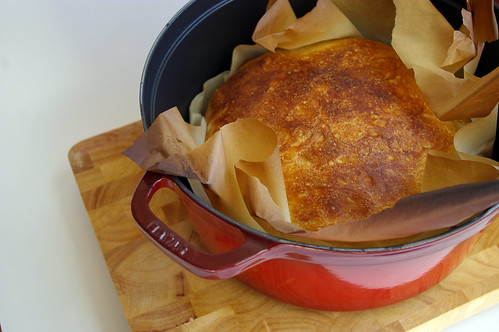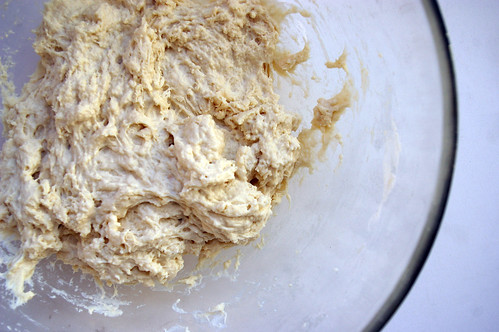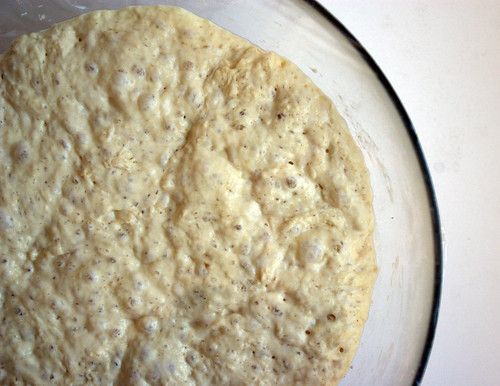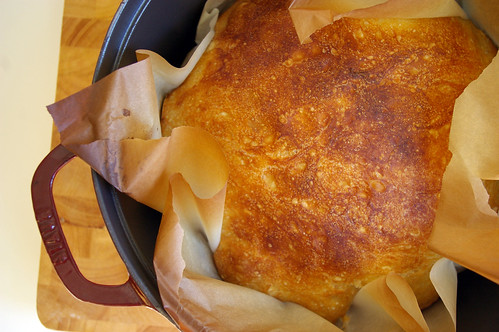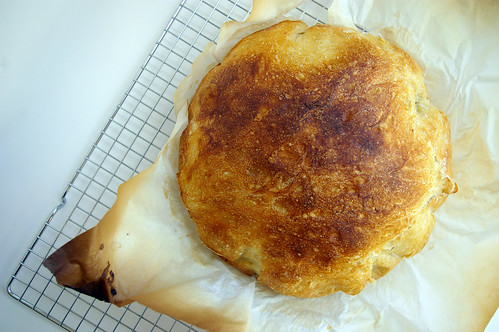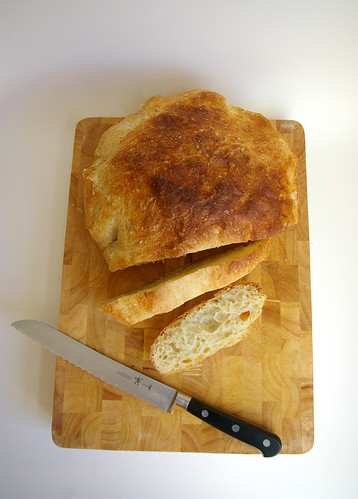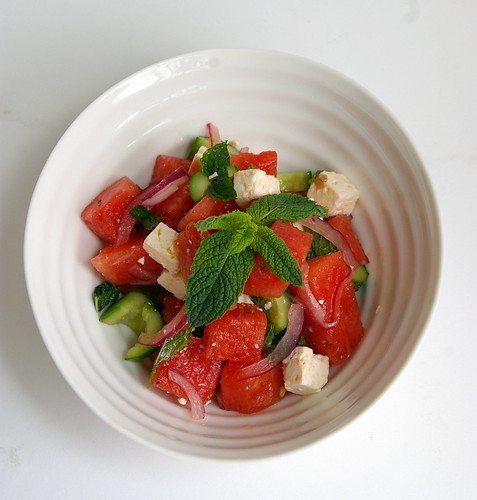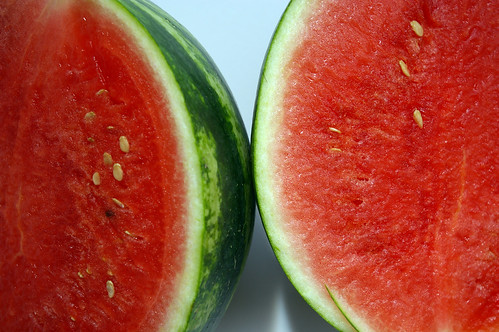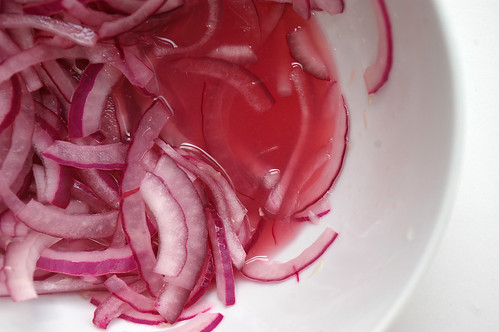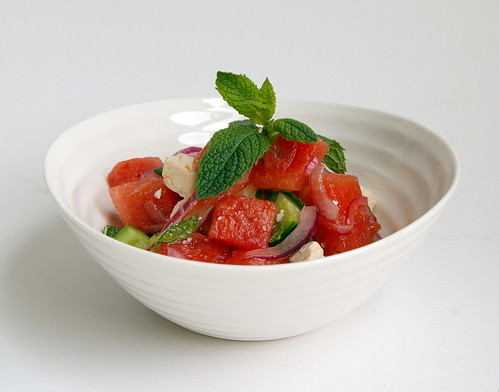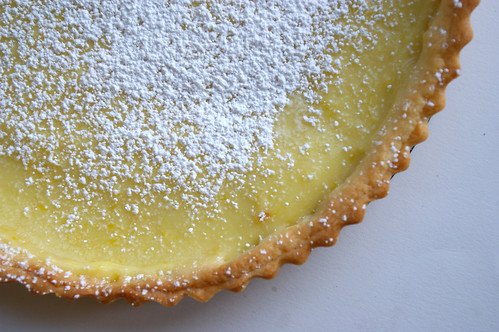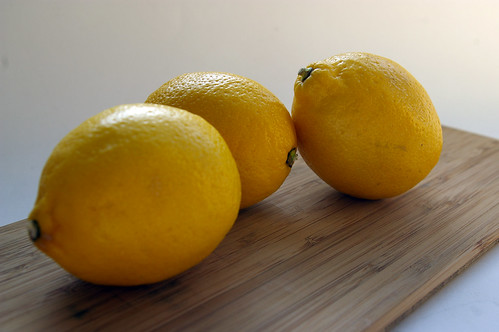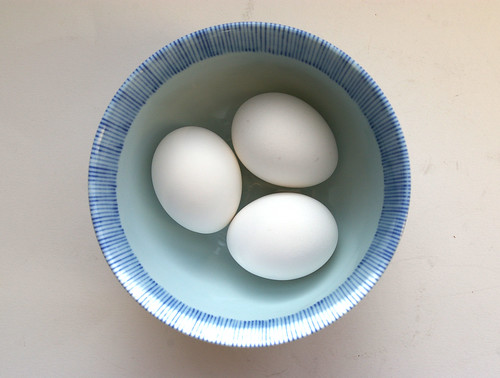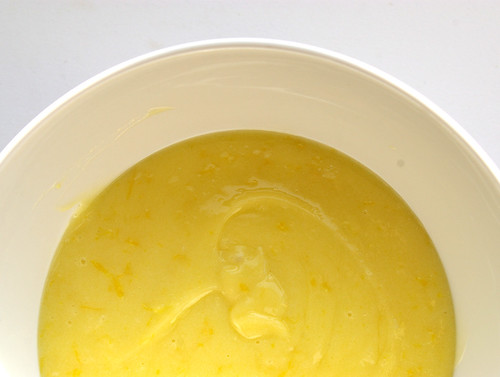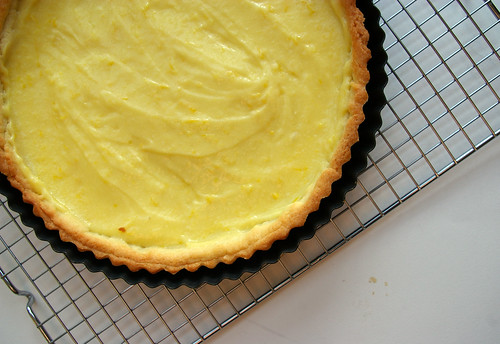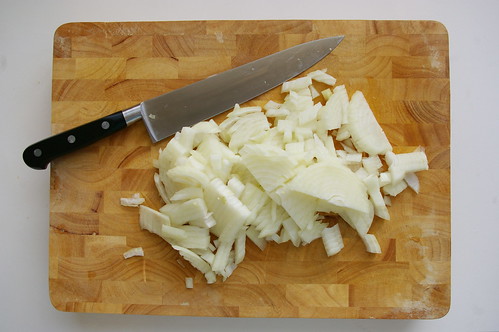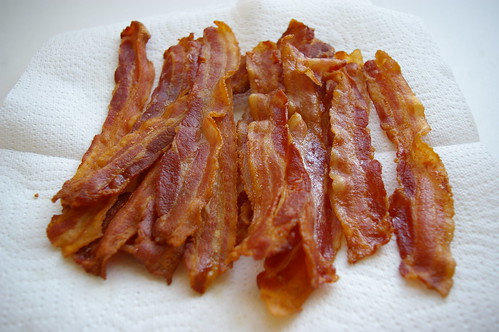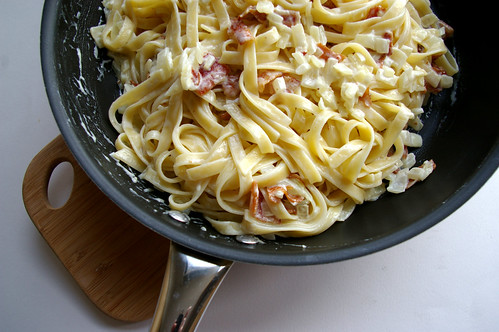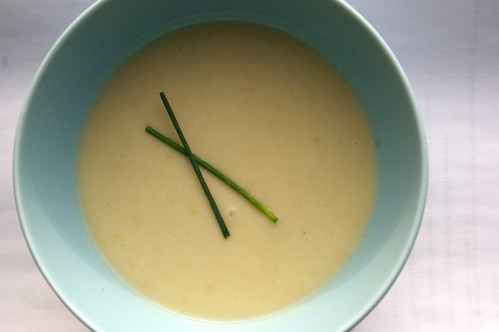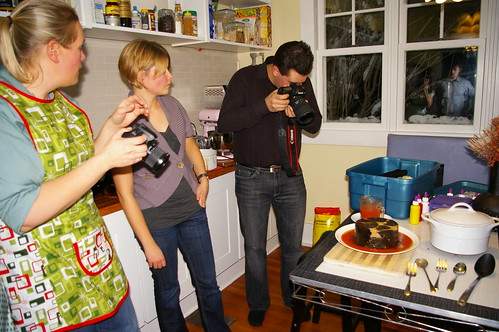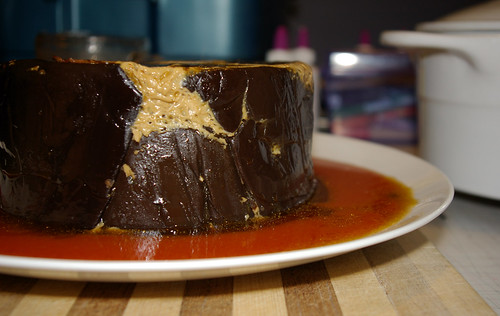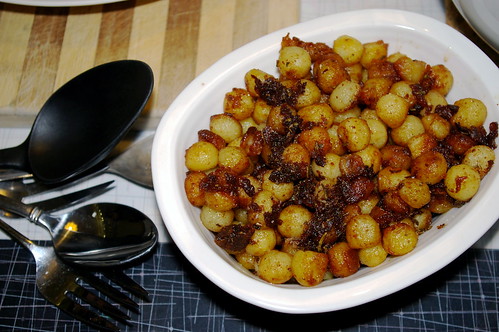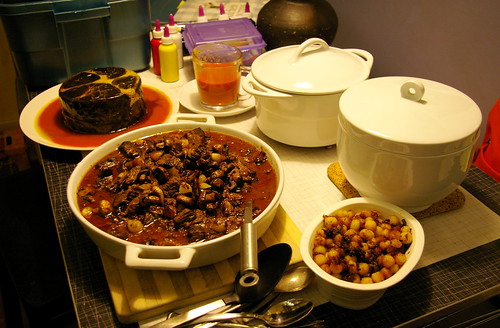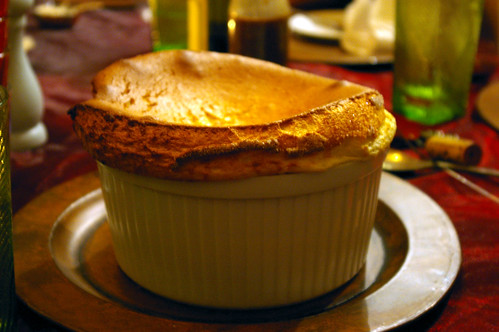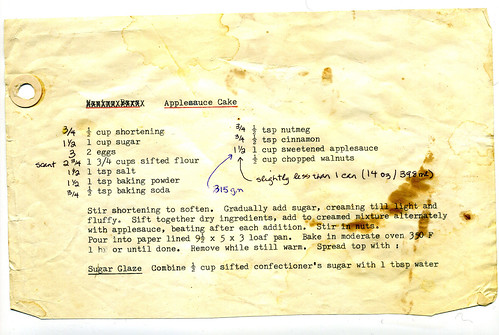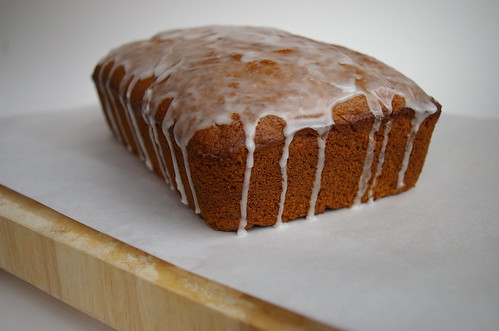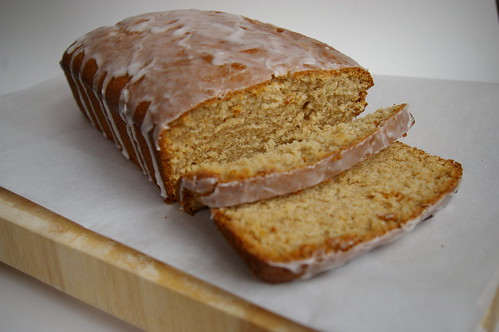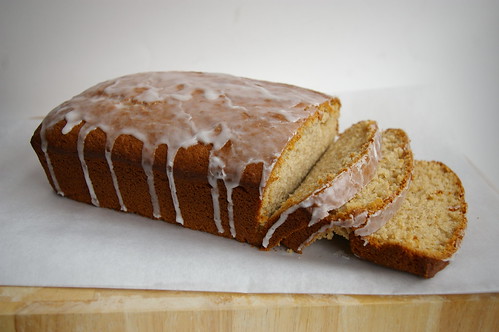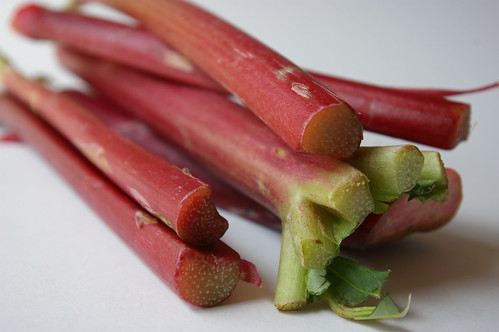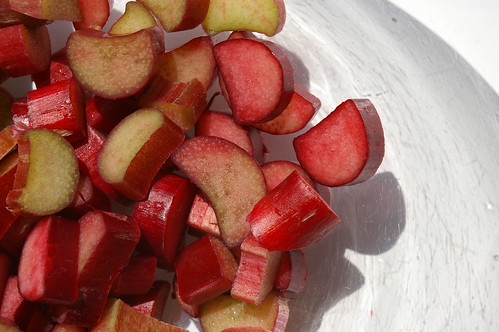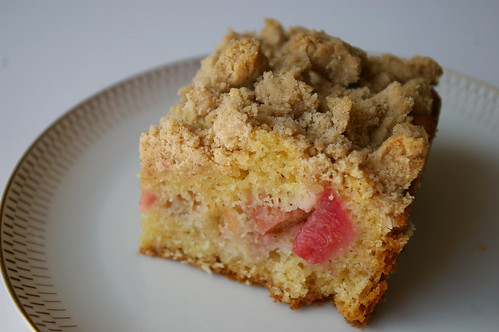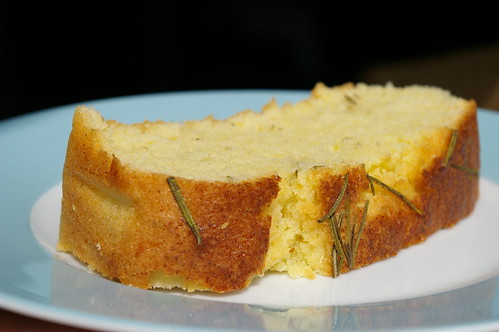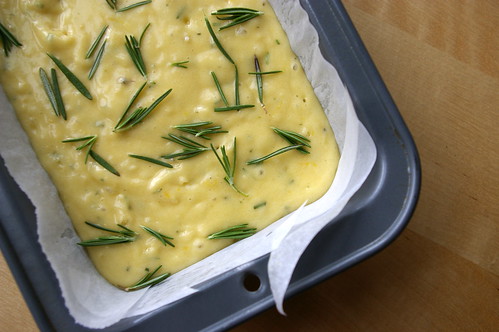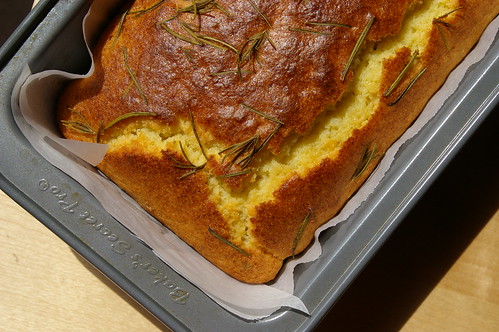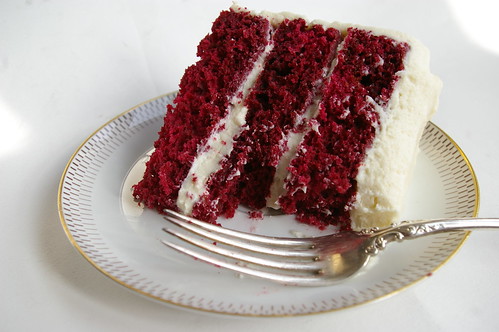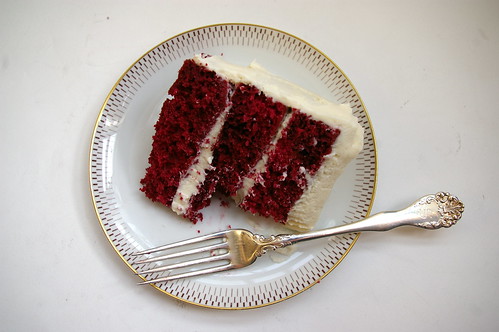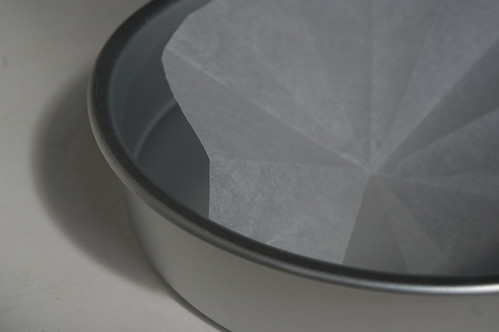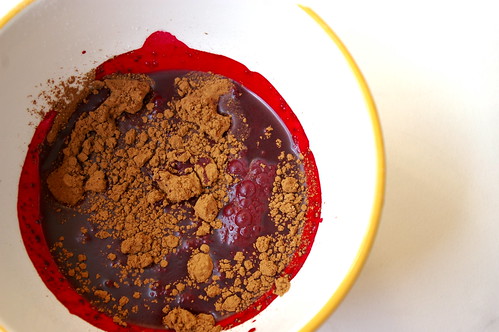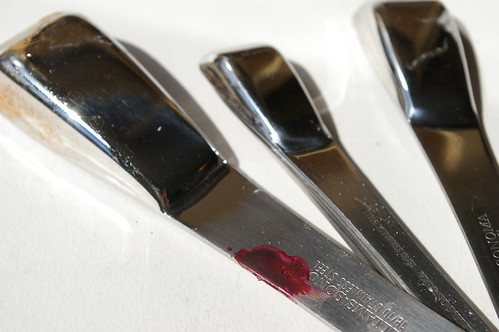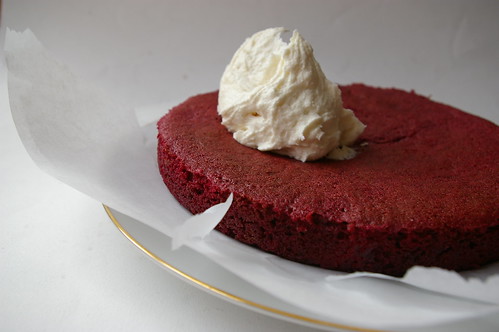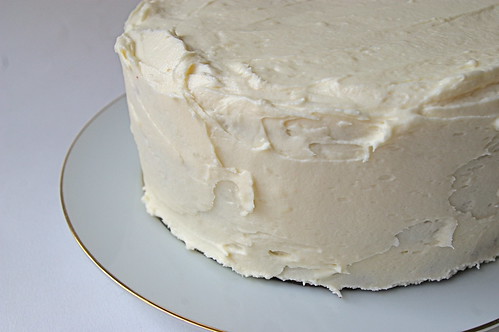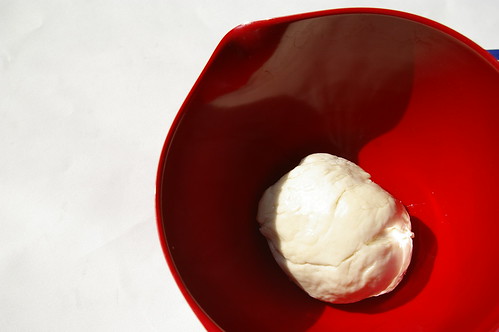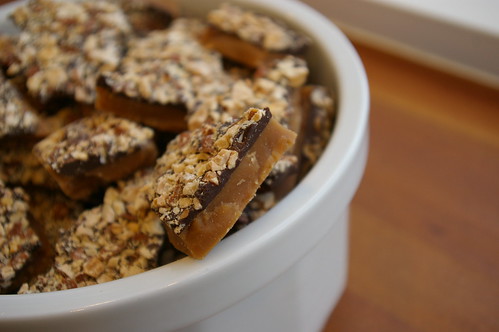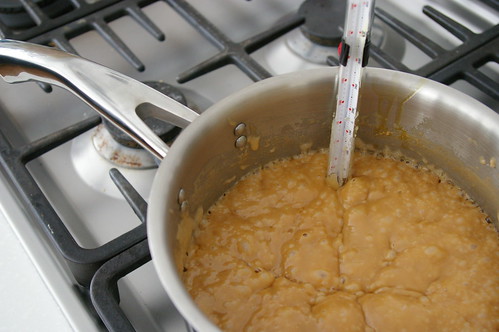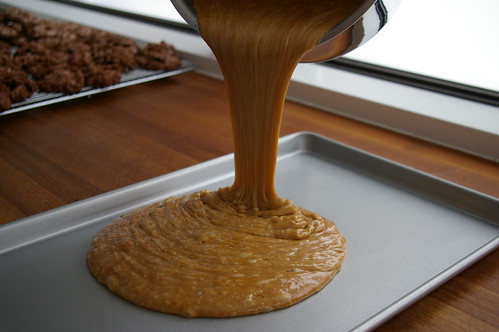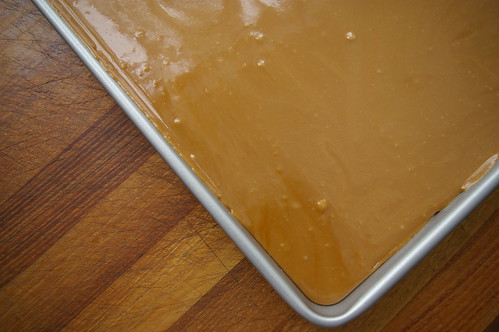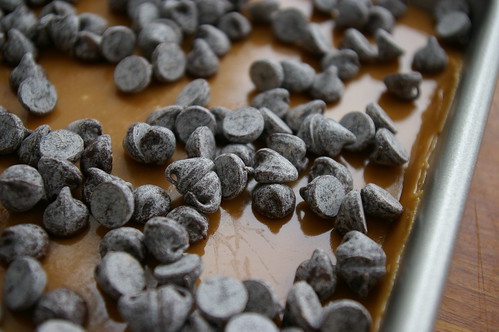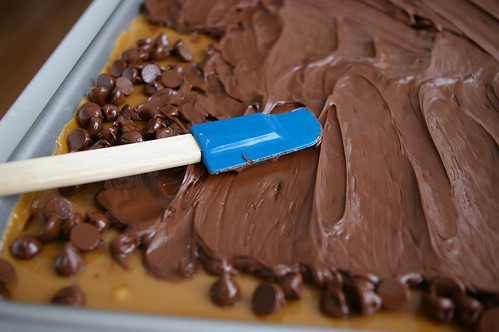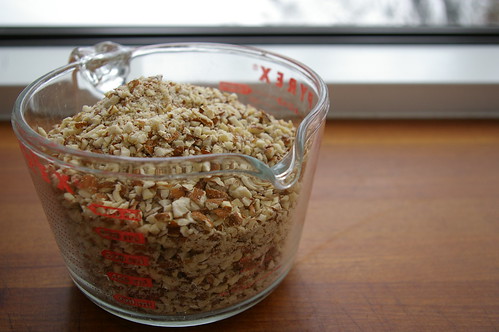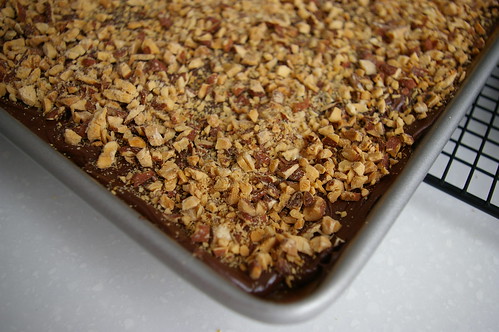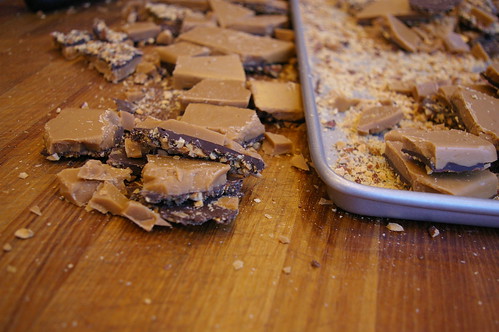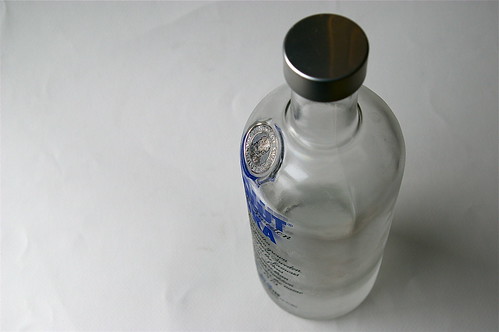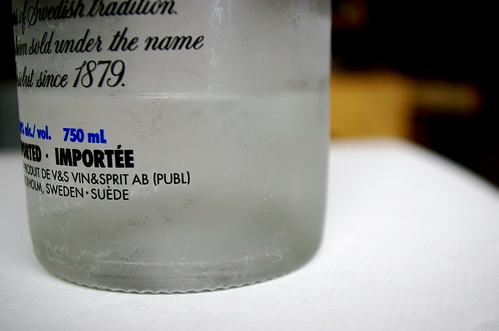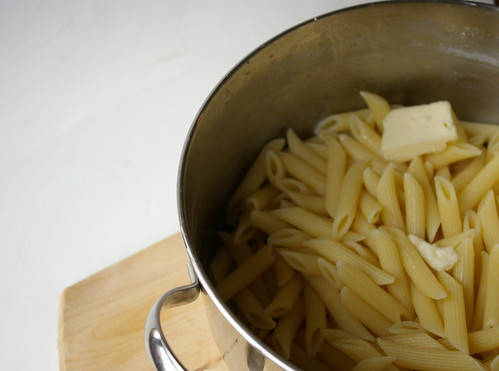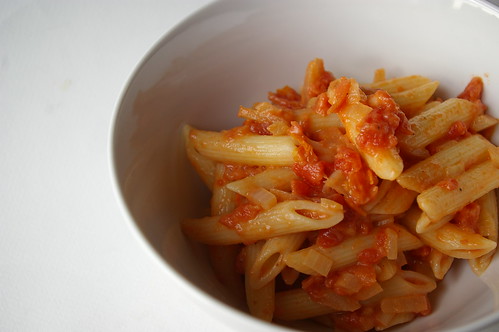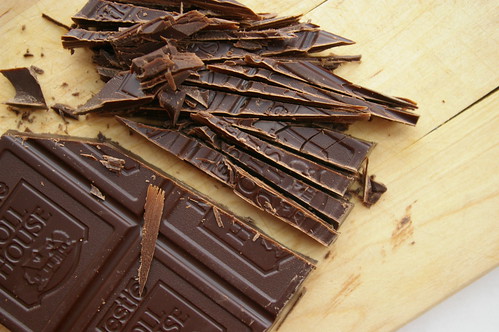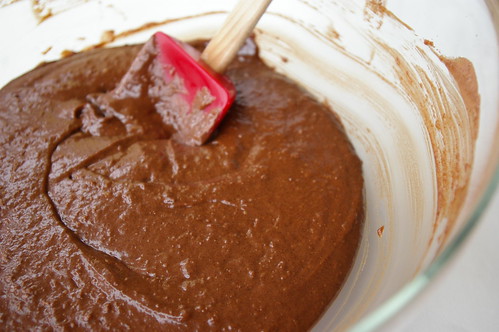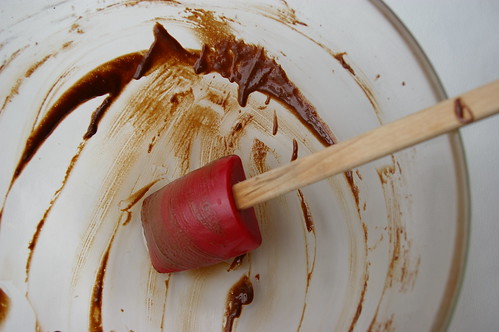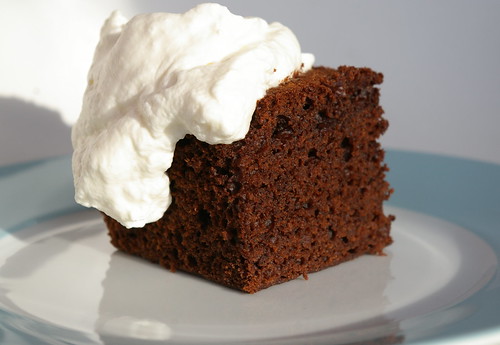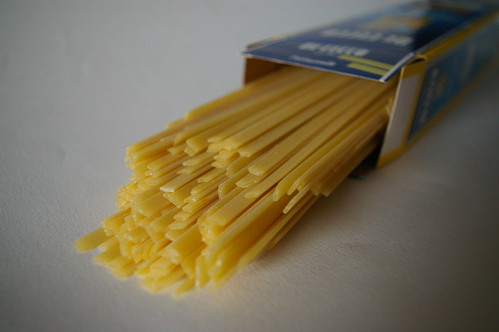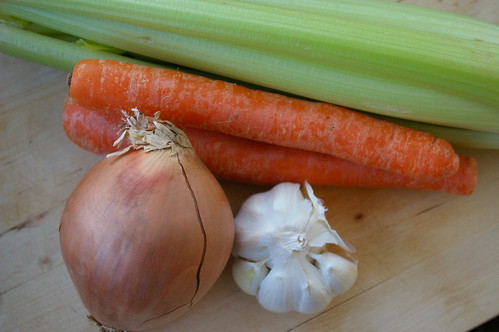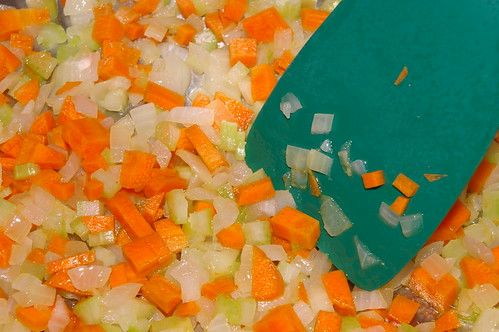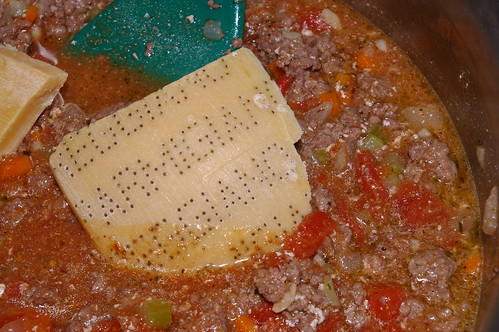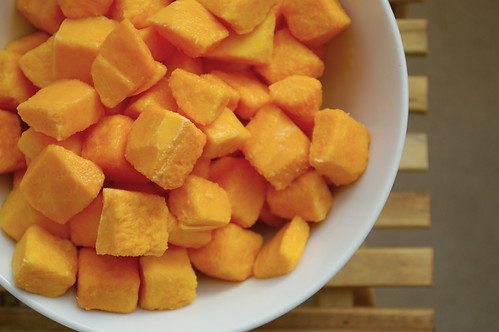Most of the time when I make cookies, I’ll eat one or two and then completely lose interest, taking the rest into work for my colleagues to enjoy. (Of which, I am sure, they have no complaints.)
Last year, over at my day job, I reviewed a cookbook called The Flying Brownie (The Harvard Common Press) by Shirley Fan that was all about sending edible care packages to people in the mail. I decided to try her recipe for so-called Kitchen Sink Cookies, which are similar to the more famous Compost Cookies from Momofuku in that, essentially, they’re about throwing in lots of different bits and bobs that may be lurking around the kitchen and in the baking cupboard. We all have those mostly empty bags of chocolate chips, nuts or dried fruit, perhaps a few random squares of chocolate for that recipe that didn’t require all of them in a box. I have amalgamated all my odds and ends — butterscotch chips, Skor bits, different types of chocolate chips — into a container, which is organized, at least, but doesn’t actually go very far when it comes to using them up. So, I was intrigued at the idea of making a cookie whose purpose was to do just that. (And, while I love Compost Cookies, I think we can agree they’re a lot more involved than what some of us want to tackle on a weekend afternoon when a cookie craving strikes.)
And, man, they did not disappoint. Rich, chewy, and salty-sweet, I could not resist their siren call.
As I said for my review of The Flying Brownie:
Since making them, however, I have eaten no fewer than a half-dozen cookies (over a 24-hour period) before bringing them to the office just to get them out of the house. They were snapped up immediately (as most baked goods in the newsroom are, for what it’s worth), but the reaction from colleagues was different: resounding compliments and requests for the recipe followed.
The cookies came out chewy and soft, with specks of chocolate and a slight crunch from the potato chips. Perfection.
I made more just a few nights later.
What I didn’t admit then is that I even held back a few because I knew I’d want a few more and didn’t want to give them all away.
I had a cookie craving the other day and they immediately came to mind.
The first time around I used up what was left in a bag of dark chocolate chips and some semi-sweet mini ones, as well as crushed ripple chips and some rolled oats.
Those who know me know well how much I love salty-sweet combinations, so the ripple chips (which I like for the texture as well) were a given. The fact that I had to buy some specifically to add them to the cookies maybe goes against this cookie recipe’s concept, but I’m OK with that.
Among the things buried in my baking cupboard, which I cleaned out and organized over the Labour Day weekend, was a bag of Valrhona Caramelia chocolates I bought several months ago from Duchess in Edmonton when I was up visiting friends. They are these little disks of chocolate that taste like a cross between milk chocolate and caramel. It’s tempting to eat them straight up, and I did do that with a few of them, no lie, and then I put them away so I didn’t eat the entire bag and then, of course, promptly forgot they were there until a much more recent trip to Edmonton (and the requisite visit to Duchess) when I remembered I still had them. Roughly chopped, I knew they’d be a great addition.
I decided to also throw in some semi-sweet chocolate chips, a handful of butterscotch chips, some roughly chopped pecans and those ripple chips.
Since making them that first time, I have adapted the recipe slightly. Since I decided I wanted the chocolate chips to be an option instead of a requirement, this adaption allows for a little more flexibility with the add-ins. However, I do recommend using a combination of sweet (like chocolate chips) and salty or crunchy or things with texture (coconut, nuts, potato chips, pretzels etc.). I use softened butter instead of melting it because I always have butter softening for one baking project or another and I am lazy enough that I don’t want to dirty a pot or pan just to melt it. I’m also so lazy that I don’t generally bother mixing the flour, baking soda and salt together in a separate bowl. I figure if I add the flour, then scatter the salt and baking soda evenly over it, it will all get mixed in well enough. Fan calls for golden sugar, but I’ve changed it to brown since that’s what most of us have around (and I think it totally contributes to that luscious, rich, caramel flavour).
Lastly, I found that while Fan’s recipe said it would make about 48 cookies, I got about half that. Not sure if that was bad math because I’m not convinced my cookies are much larger than what she calls for. I can say with some assurance there’s no way I ate that much dough. Though, yes, I ate dough. And it was damn good.
Kitchen Sink Cookies
Mildly adapted from Shirley Fan’s The Flying Brownie.
- 3/4 cup (180 mL) unsalted butter, softened
- 1 cup (250 mL) packed brown sugar
- 1/4 cup (60 mL) granulated sugar
- 1 large egg, at room temperature
- 1 large egg yolk, at room temperature
- 1 tsp (5 mL) pure vanilla extract
- 2 cups (500 mL) all-purpose flour
- 1/2 tsp (2 mL) baking soda
- 1/2 tsp (2 mL) salt
- 1 1/2 cups (375 mL) add-ins (such as chocolate chips, chopped chocolate, old-fashioned rolled oats, crushed potato chips, pretzels, raisins, nuts or unsweetened shredded coconut)
Preheat the oven to 350F (180C). Line two baking sheets with parchment paper or silicone baking liners; set aside.
In the bowl of an electric mixer, beat the butter and both sugars on medium speed until light and fluffy. Add the egg, egg yolk and vanilla and mix until well combined, scraping down the sides of the bowl if necessary. Add the flour, baking soda and salt and mix on low speed until blended. Fold in the add-ins. (If time permits, refrigerating the dough for at least 12 hours before baking will improve the flavour of these cookies.) Using your hands or a cookie dough scoop, form 1-inch (2.5-cm) balls with the dough. Place the dough balls on the prepared baking sheets, about two inches (5 cm) apart. Bake until the edges are lightly browned, 9 to 10 minutes. They will look slightly underdone in the centre.
Cool the cookies on the pans for five minutes before transferring to a rack to cool completely. Repeat with the remaining dough. Pack in zippertop plastic bags, pressing out any air, or in airtight containers, separating the layers with waxed or parchment paper.
Makes about 24 cookies.


